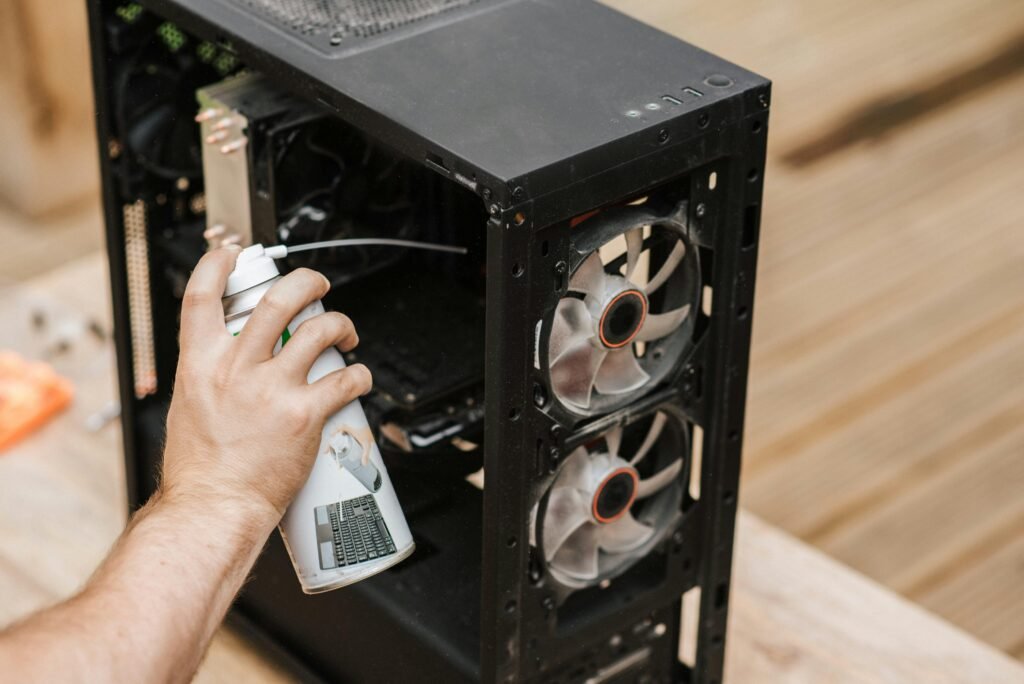Overview of NASA’s Clean Air Study
Importance of Research
Genesis of NASA Clean Air Research
Background and Purpose
Initial Inspiration and Goals
Primary Location: NASA John C. Stennis Space Center
Why Stennis Space Center was chosen
Key facilities
Role of NASA Kennedy Space Center
Contribution of Kennedy Space Center
Notable experiments and discoveries
Collaboration with other institutions
Partnerships with universities and research centers
n Examples of collaborative projects
Role of space missions
How Space Missions Affect Research
Special Missions and Their Impacts
Laboratories and Research Facilities Occupied
Overview of Core Laboratories
Special Research Conducted at Each Facility
Greenhouses and Controlled Environments
Use of Greenhouses in Research
Importance of Controlled Environments
n Experimental Design of the Clean Air Study
Description of the Experimental Setup
Types of Plants and Pollutants Examined
Key Findings of the Clean Air Study
Important Findings and Their Implications
Implications for Understanding Indoor Air Quality
Technological Innovations in the Study
New Technologies Developed
Applications in Daily Life
Impact on Environmental Policy
Impact on Decision-Making
Acceptance of Recommendations from Other Organizations
Public and Education
Efforts to Educate the Public
Programs and Resources Available
Challenges and Limitations
Problems Encountered During the Study
Limitations of the study
Future directions for the NASA Clean Air Study
Future projects and goals
Possible areas for future research

Article
Introduction
NASA Clean Air Study – The study has received considerable attention during recent years and shed light on an often forgotten but important aspect of our daily lives – indoor air quality. This groundbreaking research aims to understand and improve the indoor air we breathe, helping to create a healthier living environment. NASA’s Clean Air Study
The Birth of NASA’s Clean Air Research
Clean Air Research began in the late 1980s. Its goal was to figure out the best ways to clean indoor air, especially in closed environments such as space stations. NASA discovered that astronauts living in confined spaces are exposed to various pollutants emitted by everyday objects. This realization prompted efforts to find natural solutions to clean the air. NASA’s Clean Air Study
Main Location: NASA John C. Stennis Space Center
Located in Mississippi, the John C. Stennis Space Center is NASA’s primary clean-air research center. This institution was selected for its advanced research infrastructure and the presence of experts in environmental science and engineering. The center has several laboratories and controlled environments that are crucial for conducting detailed air quality tests. NASA’s Clean Air Study
Role of NASA’s Kennedy Space Center
Kennedy Space Center in Florida plays an important role in clean air research. Known for its involvement in launching space missions, the Kennedy Space Center also supports research projects aimed at improving astronaut life support systems. This center’s contributions include space shuttle and International Space Station (ISS) experiments that provide unique information about air quality in microgravity. NASA’s Clean Air Study
Collaboration with other agencies
NASA’s clean air research is not alone. This includes collaboration with various universities and research institutes, which increases the scope and depth of research. Institutions such as the University of Georgia and the Environmental Protection Agency (EPA) have partnered with NASA, bringing additional expertise and resources to the research initiative. These partnerships have led to many collaborative projects that have contributed to a better understanding of indoor air quality. NASA’s Clean Air Study
Space mission For example, the ISS missions allow scientists to study the behavior of air pollutants and the efficiency of air purification plants in microgravity. This research is critical to the health of astronauts and has broader implications for managing air quality on Earth. NASA’s Clean Air Study
Participating Laboratories and Research Institutes
Several major laboratories and research institutes are involved in the Clean Air Study. These include:
Stennis Environmental Research Laboratory: Focuses on detection and analysis of indoor pollutants.
Kennedy Space Center Life Support Systems Laboratory: Conducts experiments related to air purification in space environments. NASA’s Clean Air Study
Partner University Laboratories: Provide additional support for analyzing plant response to various pollutants. NASA’s Clean Air Study
Greenhouses and Controlled Environments
Greenhouses and controlled environments are central to clean-air research. They allow scientists to simulate different indoor conditions and study how different plants react to pollutants. These controlled arrangements ensure that the experiments are carried out without external interference and provide reliable information about the air purification capacity of different plant species. NASA’s Clean Air Study
Clean Air Study Experimental Design
The Clean Air Study experimental design is both thorough and careful. Researchers use a variety of plants known for their air-purifying properties, such as spider plants, peace lilies, and English ivy. They expose these plants to common indoor air pollutants such as benzene, formaldehyde, and trichloroethylene and monitor the plants’ ability to absorb and break down these harmful substances. NASA’s Clean Air Study

The most important conclusions of the Clean Air Study
One of the most important findings of the Clean Air Study is the confirmation that certain plants can effectively remove pollutants from the air. For example, English ivy has been shown to reduce airborne mold, while spiderwort is effective at removing formaldehyde. These findings have profound implications for improving indoor air quality in homes, offices, and indoor environments. NASA’s Clean Air Study
Research on Technological Innovations
Research on clean air has also led to several technological innovations. One such innovation is the development of biofiltration systems that connect factories to HVAC systems to improve air purification. These systems are now being considered for use in both terrestrial and extraterrestrial environments, demonstrating practical applications of research findings. NASA’s Clean Air Study
Impact on Environmental Policy
NASA research has had a significant impact on environmental policy and practice. The results of the Clean Air Survey have been adopted by various organizations and incorporated into building design and indoor air quality management guidelines. This has led to healthier living and working spaces that benefit countless people. NASA’s Clean Air Study
Public and educational information
Public and educational information is central to the Clean Air Study. NASA has attempted to disseminate research findings through various channels, including seminars, publications, and online resources. Education programs have been developed to teach students and the general public about the importance of indoor air quality and how to improve it with plants.
Challenges and Limitations
Despite its success, clean air research faces several challenges and limitations. One big problem is the differences in air purification efficiency between different plant species and environmental conditions. In addition, scaling results from controlled environments to real settings can be difficult and requires further research and development.
Future Directions for NASA’s Clean Air Research
NASA plans to expand clean air research by exploring new plant species and advanced air-cleaning technologies. Further research will focus on optimizing the use of plants in different indoor environments and developing more efficient biofiltration systems. The ultimate goal is to create sustainable solutions to maintain clean air both on Earth and in space.
Conclusion
NASA’s Clean Air Study NASA’s clean-air research is a remarkable combination of space exploration and environmental science. By researching natural solutions to air pollution, NASA’s goal is not only to protect astronauts but also to improve the quality of life of people on Earth. The research results have already had a major impact and promise future innovations in air purification.
Frequently Asked Questions
- What is the main purpose of NASA’s Clean Air Survey?
The main goal is to find effective ways to clean indoor air, especially in closed environments such as indoor environments, using natural methods such as plants. - According to research, which plants clean the indoor air most effectively?
Plants such as spider plants, peace lilies, and ivy are particularly effective at removing common indoor pollutants.

- How do space missions affect clean air research?
Space missions provide a unique environment to test the effectiveness of air purification methods in microgravity. They provide knowledge that can be applied both in space and on Earth. - What technical innovations did clean air research lead to?
Research has led to the development of biofiltration systems that integrate plants into HVAC systems to improve air purification. 5. How has clean air research affected environmental policy?
The results of the study have been adopted by several organizations and incorporated into building designs and indoor air quality management guidelines, promoting healthier living and working environments.

Монтаж сантехники: какая цена за работу у сантехников
стоимость установки сантехники [url=http://santehnik-spb-cena.ru/]http://santehnik-spb-cena.ru/[/url] .